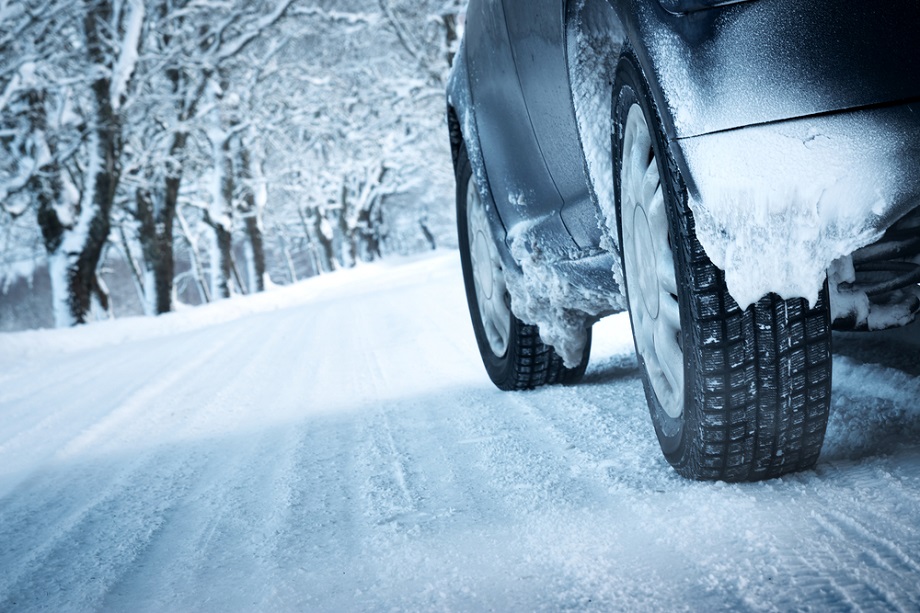
We live in the part of the country that gets cold and sees accumulating snow. Driving in severe weather can not only be scary but dangerous too. Below are some winter driving suggestions to help keep you safe.
Prepare your car. Take your car into your local mechanic for a maintenance inspection. Check your car battery, tire treads and pressure, and windshield wipers to ensure they’re all in good shape, and make sure you have enough anti-freeze and wiper fluid.
Prepare your kit. Load your car with these winter emergency essentials: snow brush and ice scraper, shovel, flashlight, jumper cables, blankets, kitty litter or sand, and warning devices, like flares.
Prepare your tank. In the winter, never let your gas tank fall below half full. Not only is it better for the health and longevity of your car, but if you hit bad weather or traffic, you won’t have to worry about running on empty.
Prepare your route. Allow plenty of time to get where you need to go, slow down on slippery roads, and increase your following distance so you have enough time to react if the car in front of you suddenly stops.
Prepare yourself. Practice driving in both dry and slippery road conditions to sharpen your winter driving skills and refamiliarize yourself with how your car performs in various elements. If you might rent or drive someone else’s car this winter, get acquainted with the safety features before driving anywhere.
Prepare for plows. Don’t drive too closely behind or next to snow plows, as they frequently stop, may not be able to see you, and can throw up clouds of snow. While the road behind a plow is safer to drive on, if you must pass one, use caution.
Prepare for the unexpected. Unfortunately, skidding happens. If you have antilock brakes, apply firm, continuous pressure. For non-antilock brakes, pump them gently. The National Highway Traffic Safety Administration (NHTSA) recommends the best way to regain control of your car when you skid is to steer into it. Ease your foot off the gas while steering carefully in the direction you want the front of your car to go. Keep your foot off the pedals until you can control the car.
Prepare for your night. If you plan to drink, designate a driver, take public transportation, call for a ride share or cab, or spend the night wherever you are. There is no reason to drive. You’ll thank yourself when you wake up safely in the morning.
